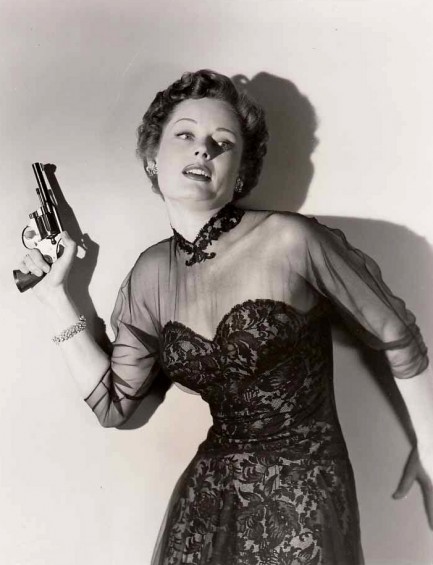| Femmes Fatales | Sep 29 2022 |


Above: Canadian actress Alexis Smith in a promo image befitting her classic looks. We've watched her in such films as Conflict, The Turning Point, and Undercover Girl. There are dozens more from which to choose, ranging from westerns such as Cave of Outlaws to horror flicks like The Little Girl Who Lives Down the Lane. We aren't able to date this photo, but it's obviously from her prime, so call it 1950.
| Vintage Pulp | Jun 15 2019 |

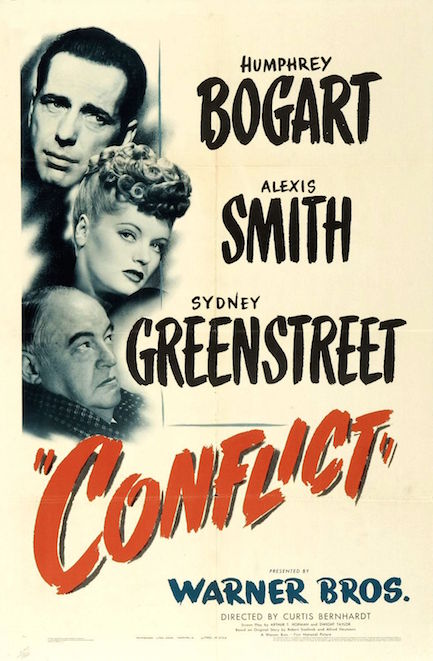
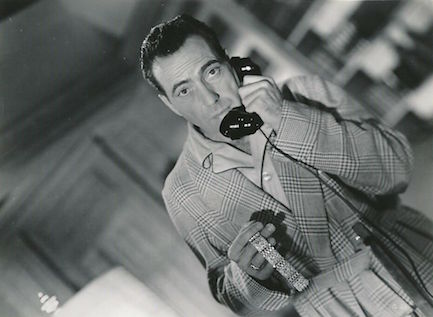
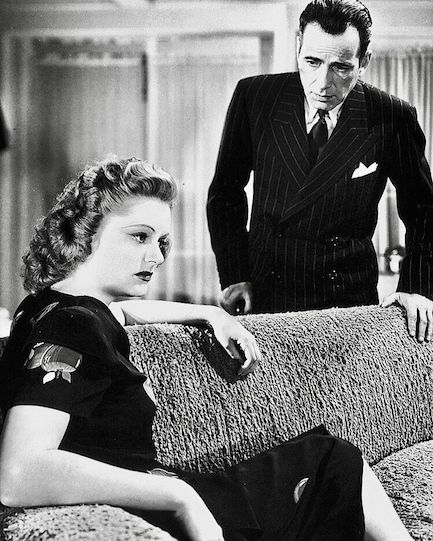
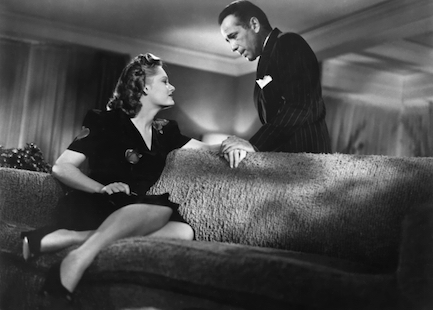
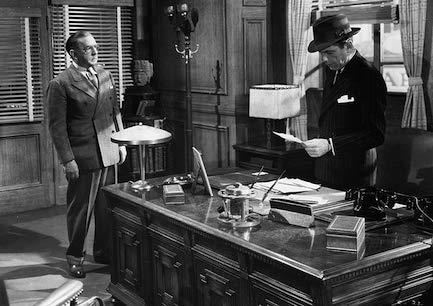
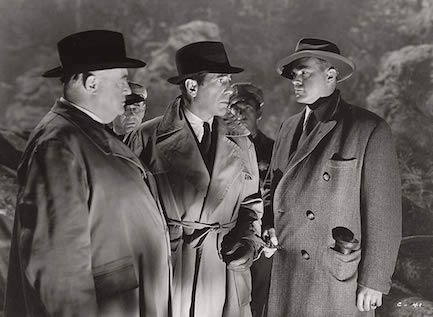
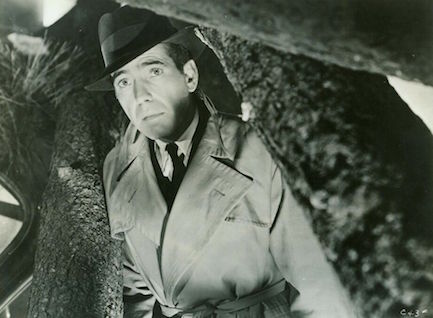
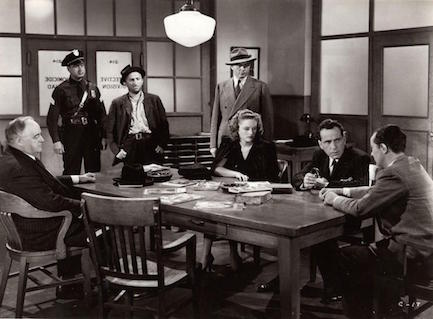
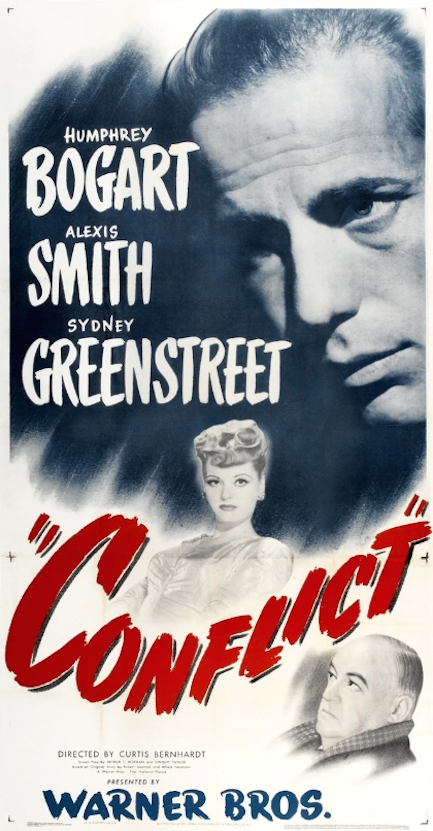
| Vintage Pulp | Jan 26 2019 |

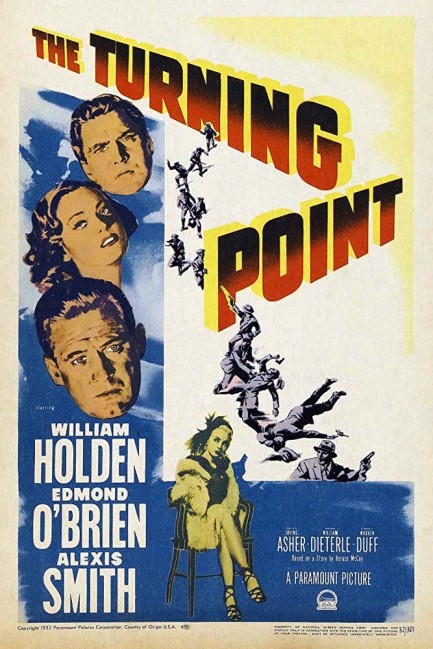
The crooks, of course, don't just stand idly by while they're being targeted by the authorities. Their retaliation comes on multiple fronts and pushes O'Brien, who heads the crime committee, to the point of quitting. But we know he won't. What kind of movie would that be? Does he win? In film noir victory is never a foregone conclusion. Tragedy of some sort is almost assured. But if it indeed strikes, who will fall? Therein lies the tension in The Turning Point. With O'Brien, Holden, and Smith in the leads, the movie is in the hands of confident performers, and what could have been mere pro-law enforcement propaganda turns out to be something more nuanced. Is it a top effort? Not quite, but if you watch it you definitely won't be wasting your time.
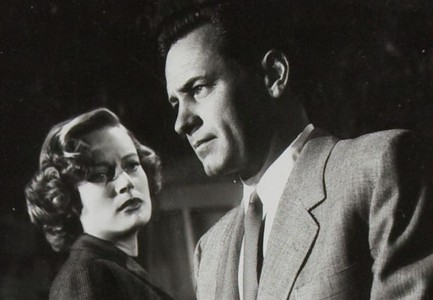
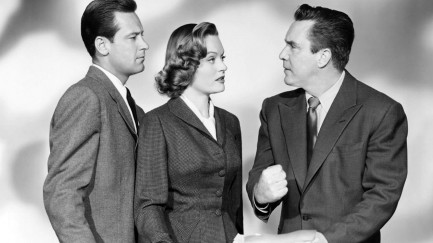
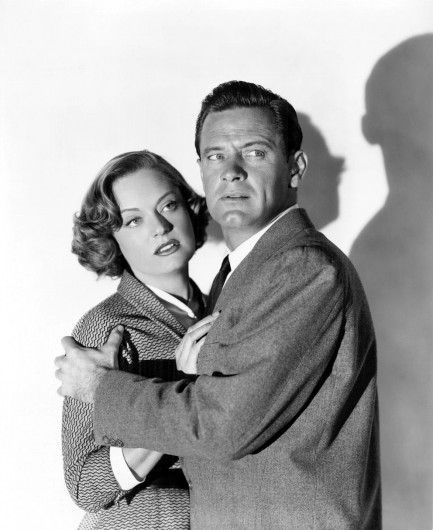
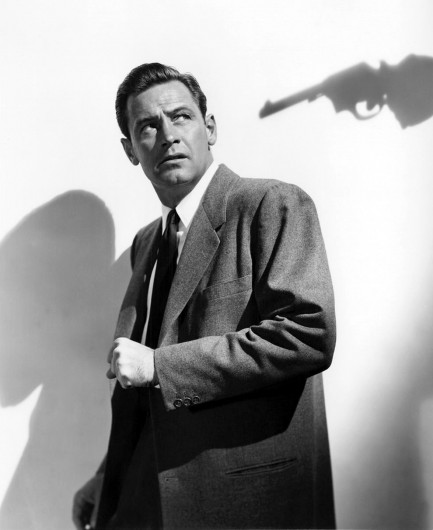
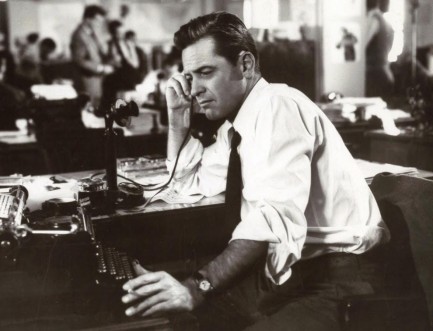
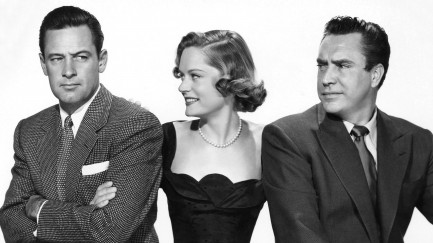
| Vintage Pulp | Oct 20 2017 |

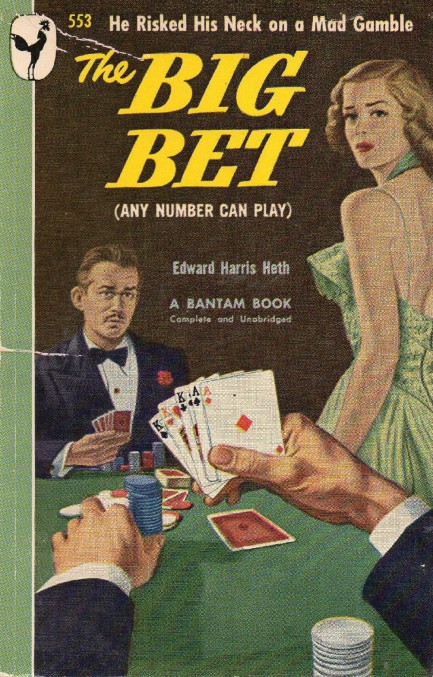
The Big Bet tells the story of a professional gambler and owner of a gaming parlor who faces three obstacles—his health is poor, his son is ashamed of him, and his wife is unhappy. Retirement and a move to Florida seem to be the answer to all three problems. Over the course of one night the protagonist Charley King sees two lucky gamblers whittle away his fortune in a card game, learns that a police raid and jail is imminent, and is served a legal summons. In mounting desperation he must win his fortune back and deal with the other problems—and quickly—if he has any hope of escaping to a better life. If that sounds compelling we can tell you it is. The book, which appeared in 1945 under the title Any Number Can Play, was made into a stage production, and subsequently into a 1949 film starring Clark Gable and Alexis Smith. The cover art on this 1948 Bantam edition was painted by Robert Doares.
| Intl. Notebook | Mar 8 2017 |

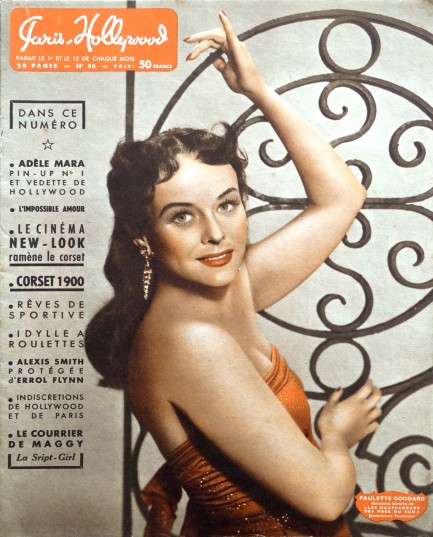


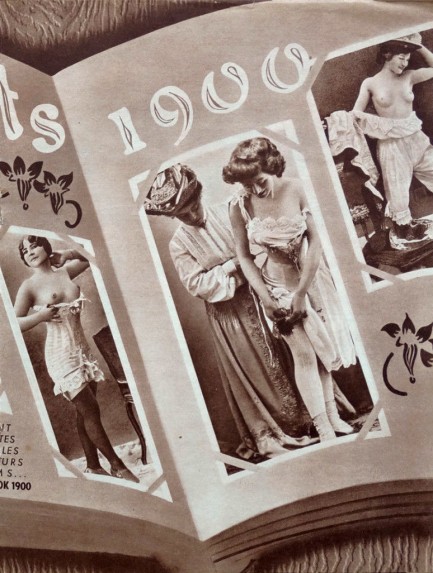
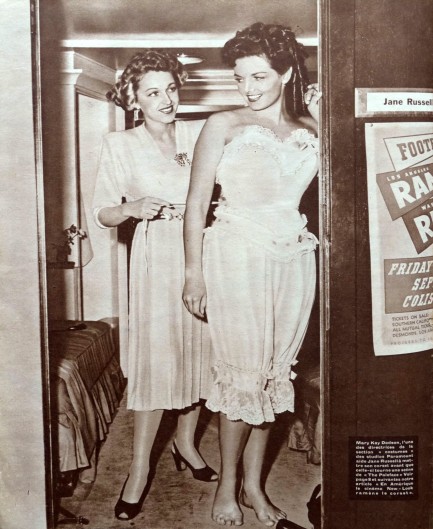
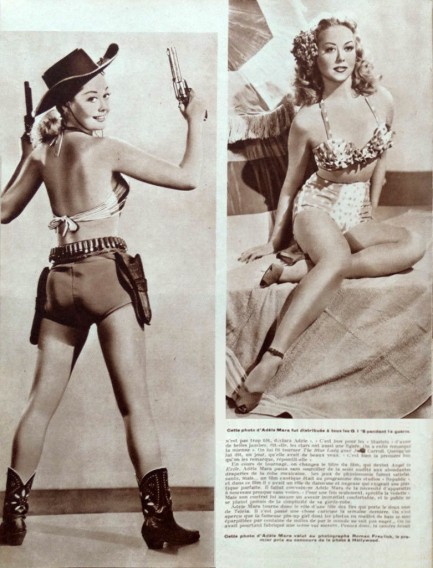

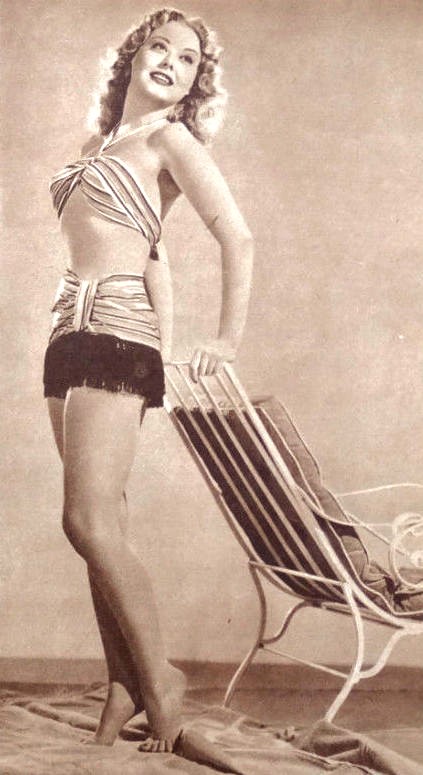
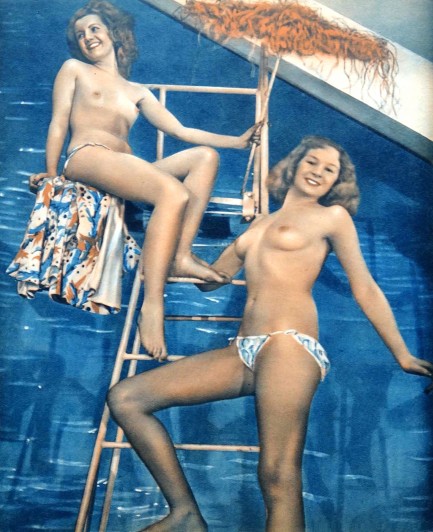
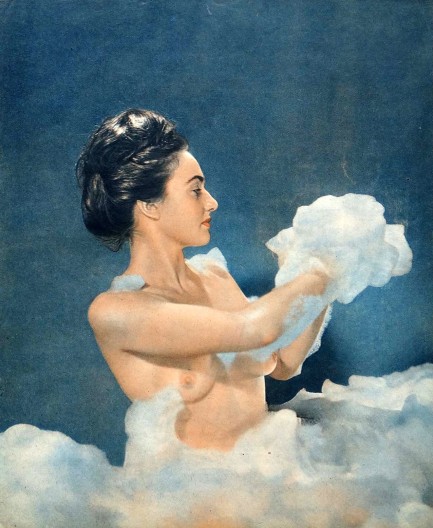
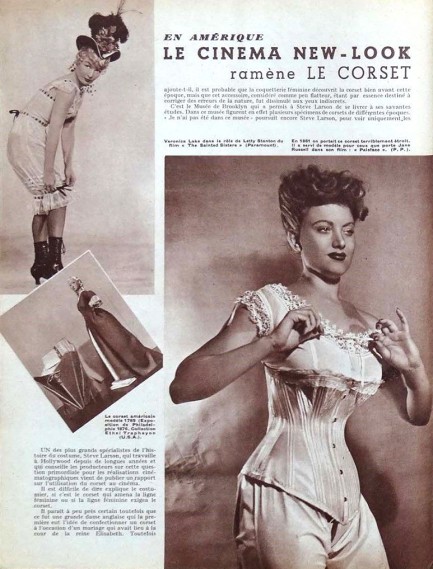
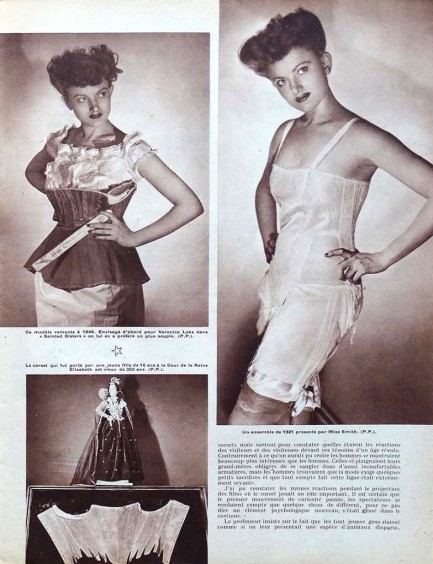
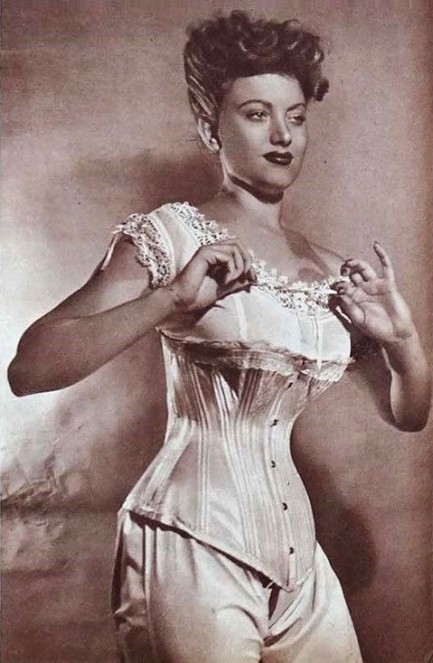
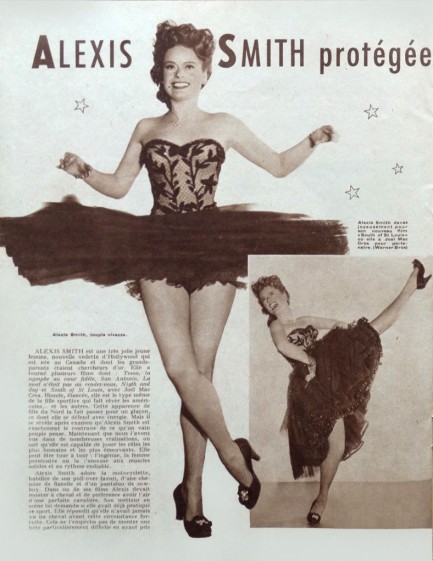
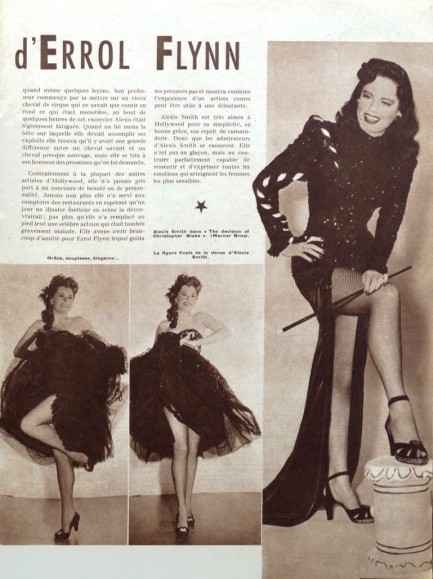
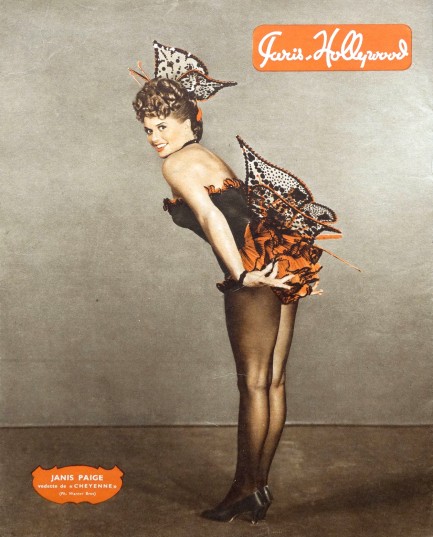
Above are some scans from Paris-Hollywood issue #56, published in 1949. Paulette Goddard is the cover star, sporting a crazy hair-do that makes her look a bit like she has horns. The cover text explains that the shot was made as a promo for her role in Les Naufrageurs des mers du sud, better known as Reap the Wild Wind, and we'll just assume the wild wind did that to her hair. The movie was made in 1942 but due to a little inconvenience called World War II did not play in France until later. Inside the issue you get Alexis Smith (described as a protégée of Errol Flynn), Jane Russell, Mary Kay Dodson, and the always lovely Adele Mara. The back cover goes to Janis Paige, who's posing in costume for her role in the western Cheyenne. We have more of these magazines in the website and you can see them by clicking the keywords “Paris-Hollywood” below.
| Vintage Pulp | Nov 2 2016 |

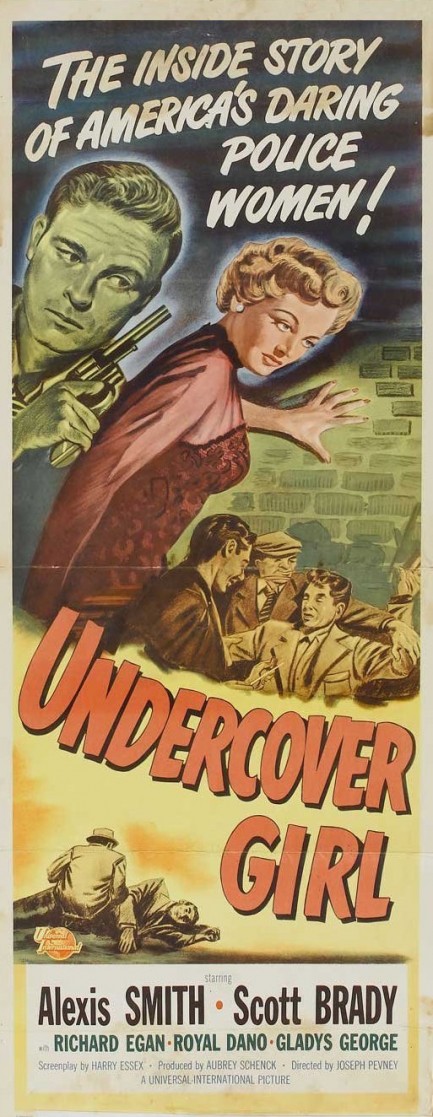
Above is an alternate poster for the thriller Undercover Girl, a film we talked about previously on its premiere date, which was today in 1950. Read the other write-up and see the other poster here.
| Vintage Pulp | Jan 25 2016 |

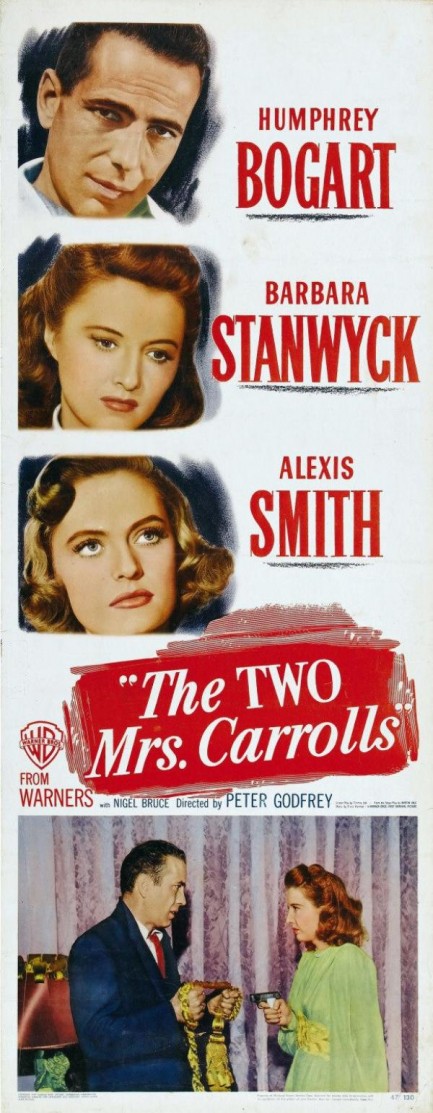
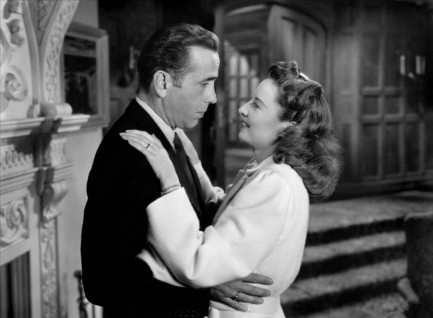
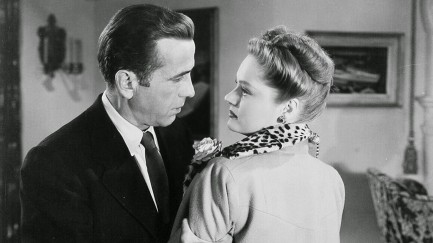
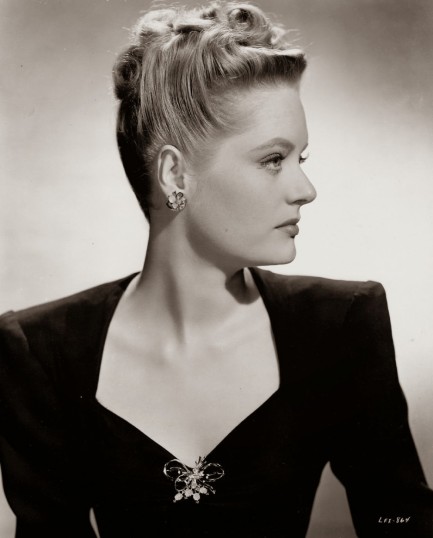
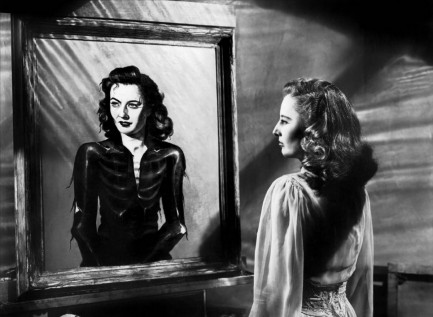
| Vintage Pulp | Jan 29 2015 |

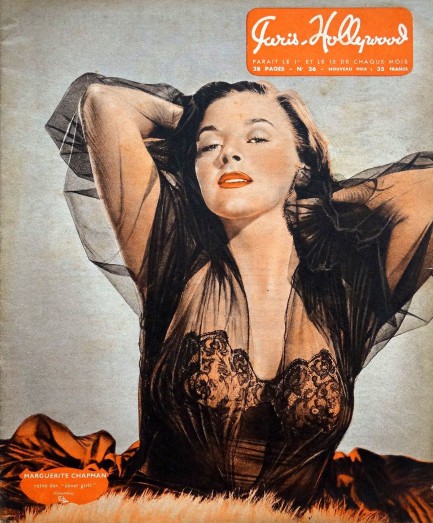
Above and below, scans from the French show-biz and showgirl magazine Paris-Hollywood, issue 26, from 1948. The front cover features Marguerite Chapman, the rear Arlene Dahl, and in between you get Cyd Charisse, Patricia Roc, Martha Vickers, Alexis Smith, Anne Jeffreys, Luce Feyrer, Edwige Feuillère, Marlene Dietrich, and other luminaries. That's quite a collection of celebs. In upcoming years the magazine would spend more time on cabaret dancers, but its early issues were all about international stars. We picked up a few of these in Paris a while back and we’ll get to some detailed scans of those soon. In the meantime, you can see more from Paris-Hollywood here, here, and here.
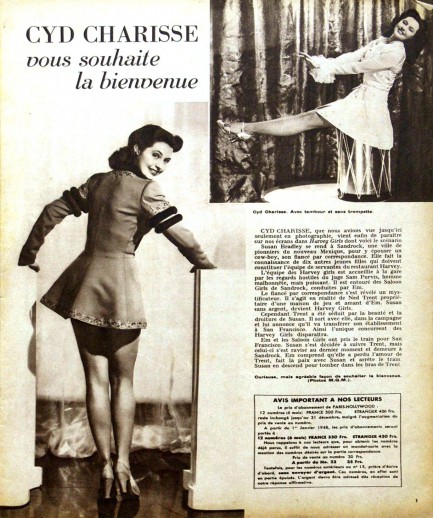
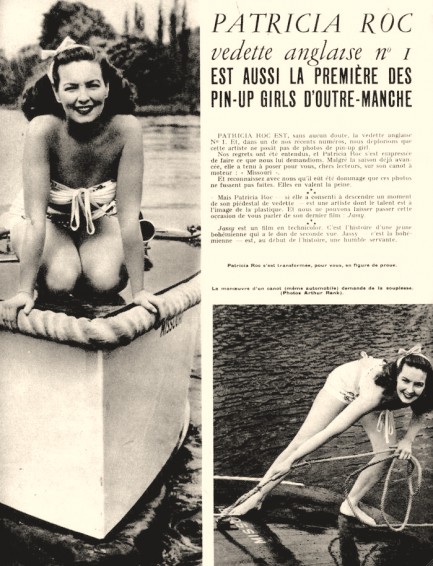
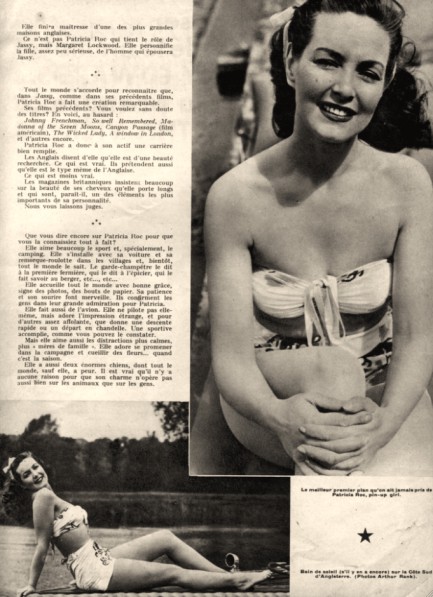
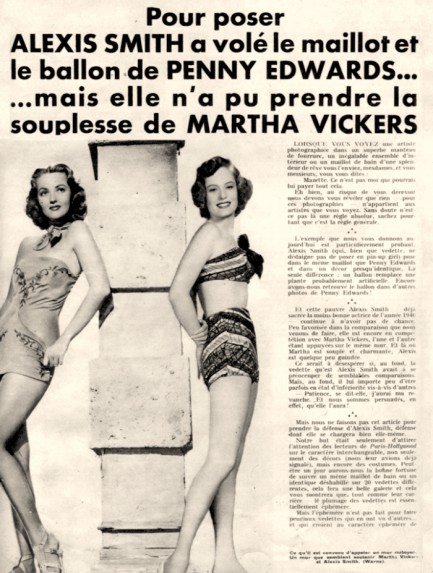
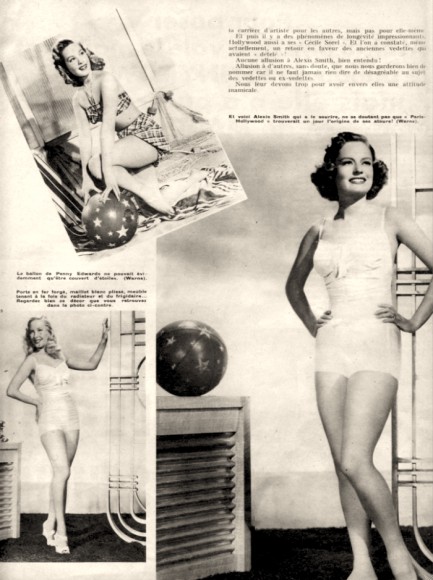
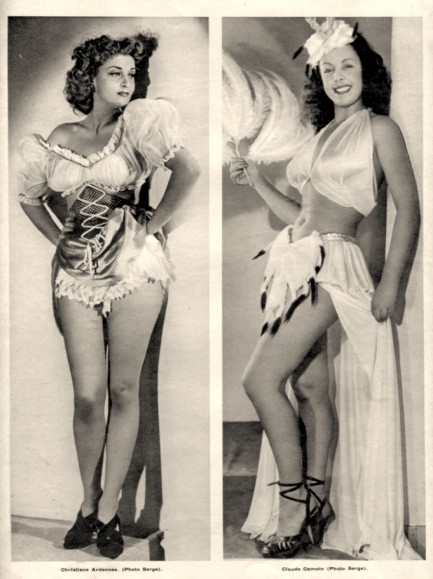
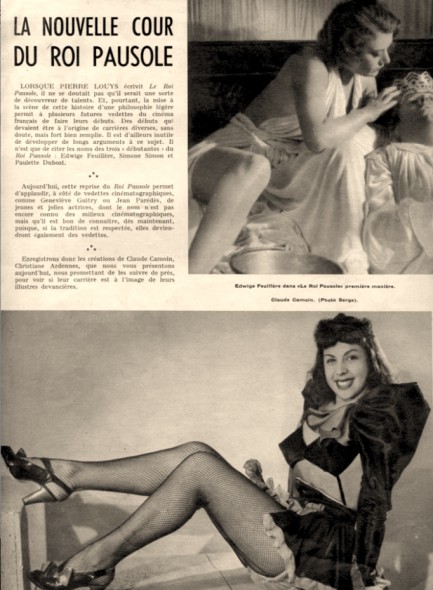
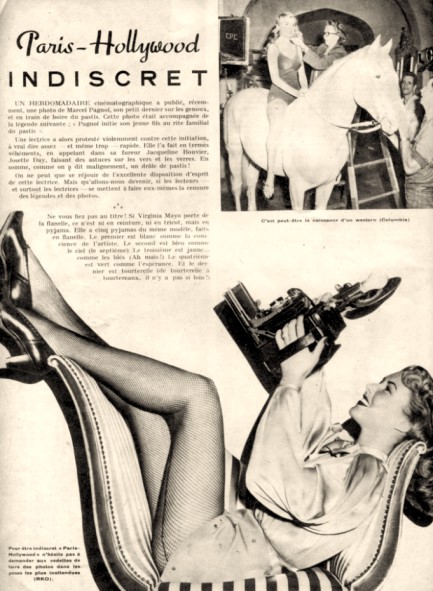

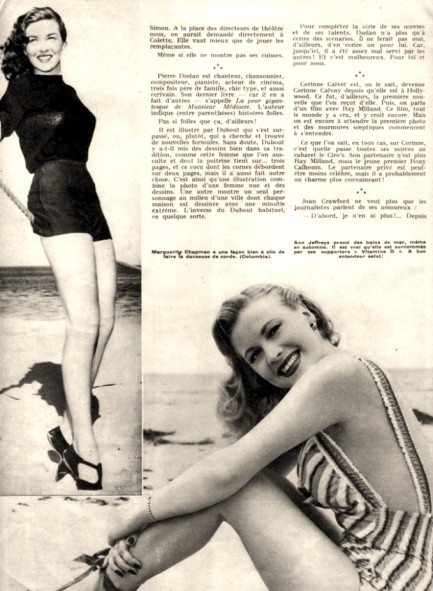
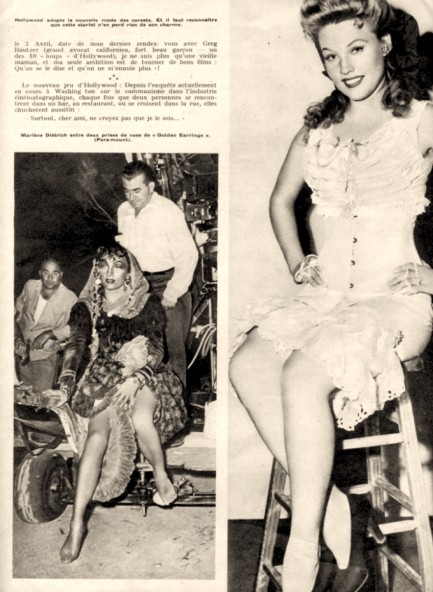
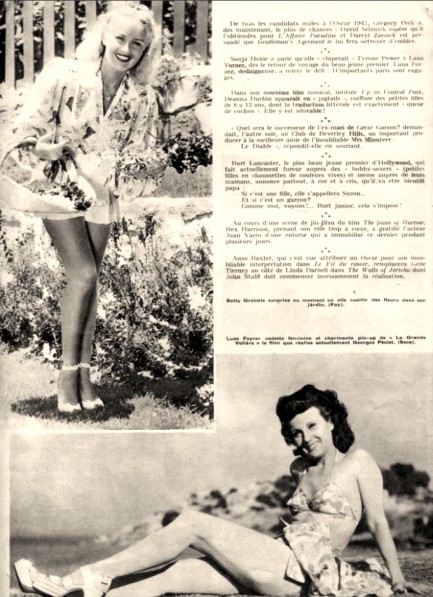
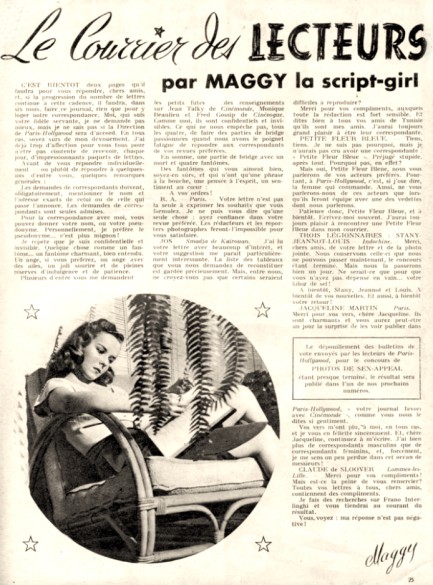
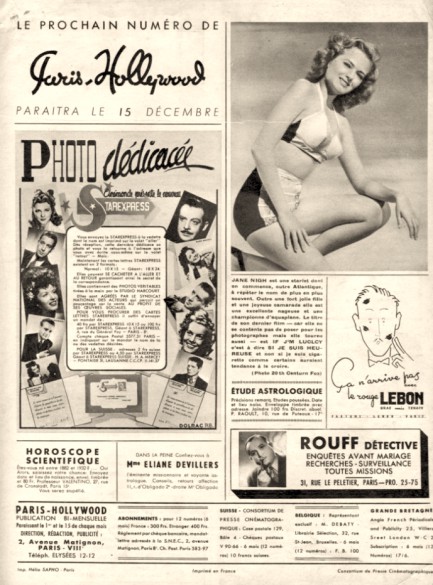
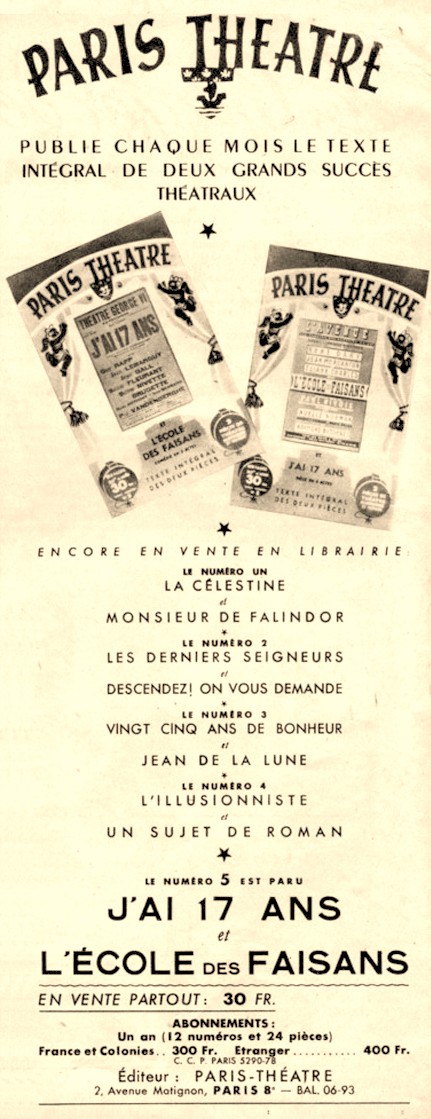
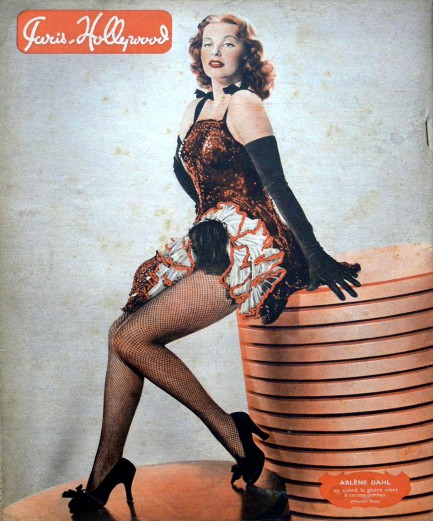
| Vintage Pulp | Nov 2 2014 |

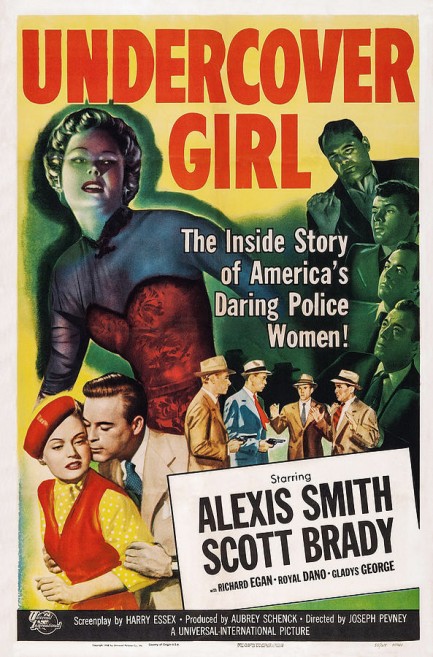
Above, a promo poster for Undercover Girl. The depiction of star Alexis Smith at upper left is modeled directly after the image of her we shared a couple of weeks ago, minus the pistol she was holding. Undercover Girl is about a rookie NYC policewoman detached to L.A. to pose as a Chicago drug buyer, and who joined the force to avenge her cop father’s death. Lucky, then, one of the drug dealers she’s going after was coincidentally responsible. We probably don’t have to tell you her cover is blown later in the film—it’s a standard feature of these deep cover dramas even today. It’s still worth a glance, though, and we’re glad we mixed it into the slate of five horror movies we watched this weekend. Undercover Girl premiered in the U.S. today in 1950.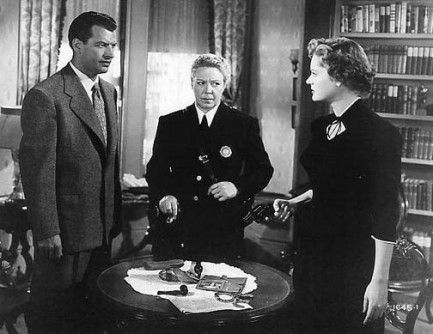
| Femmes Fatales | Oct 15 2014 |

